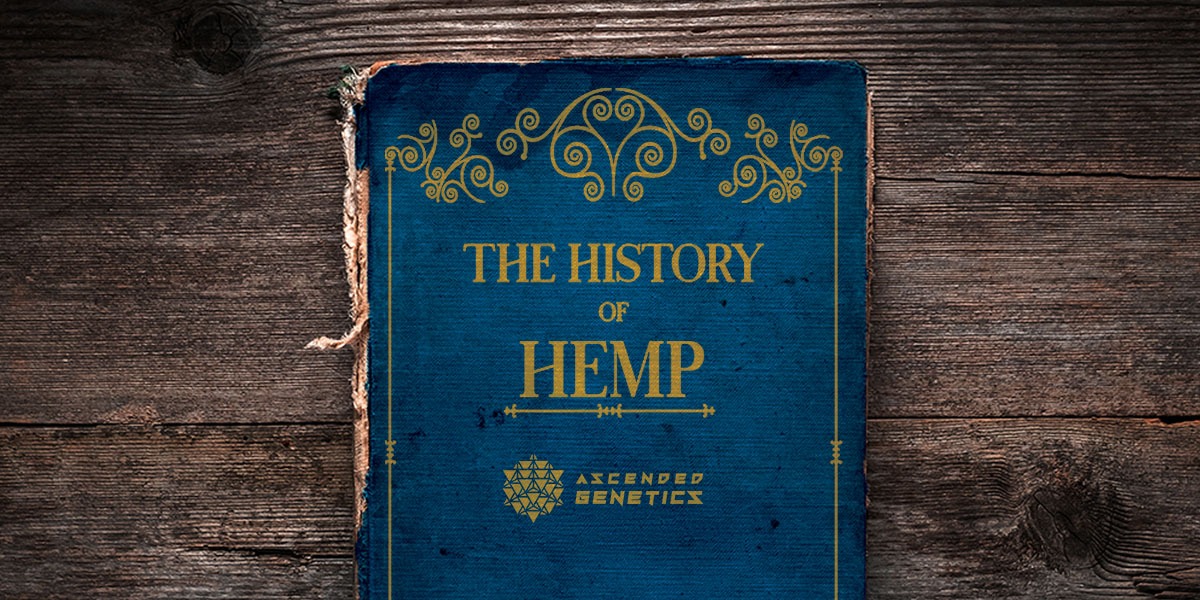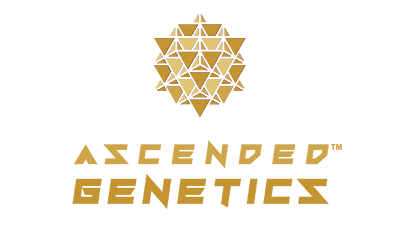
It seems like everywhere you turn these days, you’re hearing about hemp. Its benefits, its uses, its regulations… but what about its history? Hemp has long been a celebrated natural resource.
But just how long? That may surprise you.
It’s time to jump into the most excellent phone booth a la Bill and Ted and dive into the history of hemp!
The History of Hemp in the Ancient World
The first recorded use of hemp comes from as early as 8000 BC. References tell us that hemp cord was used for pottery in a village located in what’s known today as Taiwan. From there, we have reports of it being used as food in China as early as 6000 BC, and in the manufacturing of textiles in 4000 BC.
By 2700 BC, people had come to recognize hemp’s powerful therapeutic benefits, and hemp became a popular way to treat a variety of medical ailments through to Roman times. By 800 BC Bhang (dried cannabis leaves, seeds and stems) is even mentioned in the Hindu sacred text Atharvaveda as “Sacred Grass,” becoming one of the five sacred plants of India.
As we move toward a new millennia, we find hemp mentioned across the known world: hemp rope appears in Russia and Greece, textiles in Turkestan, seeds in Northern Europe, hemp cloth in Scythia (Siberia), and by 100 BC, China makes the first ever paper… out of hemp.
Hemp Expansion
By the new millennium, hemp experienced a major expansion.
By 100 we have hemp rope in England, then we see it in Italy. We find hemp cloth in France by 570, and hemp rope and seed in Iceland by 890 (we can thank the Vikings for that one).
By 1533, King Henry VIII of England declares hemp a necessary crop, and fines farmers if they don’t raise it for industrial use. By 1549 it’s in Brazil, brought there by Angolan slaves who were permitted to plant it between rows of sugarcane, and to smoke it between harvests.
But it wasn’t just important for manufacturing. A lot of people had come to recognize its value as medicine.
- 23-79 – Pliny the Elder’s The Natural History mentions analgesic effects.
- 47-127 – Plutarch mentions Thracians using cannabis as an intoxicant.
- 70 – Dioscorides, a physician in Nero’s army, lists medical marijuana in his Pharmacopoeia.
- 130-200 – Greek physician Galen prescribes medical marijuana as an anesthetic.
- 200 – The first Easter pharmacopoeia lists medical marijuana among its medicinal herbs.
- 200 – Chinese surgeon Hua T’o uses marijuana as an anesthetic.
- 300 – A young woman in Jerusalem receives medical marijuana during childbirth.
- 600 – The Jewish Talmud mentions the euphoriant properties
And of course, you always have the naysayers…
- 900 – Debate begins amongst scholars on the pros and cons of marijuana.
- 1000 – Arabic physician Ibn Wahshiyah’s warns of potential dangers of marijuana
By the 1600s, we see it in North America.
Hemp in North America
According to the history books, Europeans first introduced hemp to North America in 1606. (Of course, Native Americans were already growing hemp. They grew it for textiles and food.) It was brought here by French Botanist Louis Hebert, and planted in Port Royal, Acadia (present-day Nova Scotia). By this point, the value of hemp was well known, and farmers were using it for everything from rope to clothing to sails.
In colonial America specifically, hemp made its debut in 1632 in Virginia. There, farmers were required to grow it, and soon similar mandates were passed in other colonies, such as Massachusetts and Connecticut. Hemp was used both at home and shipped back to England, uses growing to include maps, books, and baggage.
For several centuries, hemp was even considered a form of currency – farmers could use it to pay their taxes!
Even as tensions grew between England and America, and after America gained its independence, hemp thrived as a staple crop. Even former presidents George Washington and Benjamin Franklin grew it. And that independence? Legend states our Declaration was written on hemp paper.
But, all good things must come to and end…
Hemp Battles the Big Man
Now, cannabis and hemp are different plants. Unfortunately, some of our friends back in the early 20th century couldn’t quite understand that difference, and by 1937 U.S. government had passed the Marijuana Tax Act. Sure, this law didn’t prohibit the growing of hemp, but it did give the regulation of hemp production to the Department of Revenue. It also added a $100 transfer tax on sales (that’s about 1,780 today), which made things tough for many domestic farmers and led many to stop cultivation.
During World War II, hemp did experience a bit of a resurgence thanks to the “Hemp for Victory” program – a government film made to encourage farmers to grow as much hemp as possible. During the war, the 1937 Act was even lifted to allow for hemp fiber production to create ropes for the Navy, but reinstated shortly after.
By 1957, the U.S. said goodbye to domestic hemp production when the last commercial hemp fields were planted in Wisconsin. Then, in 1970, the Controlled Substances Act classified hemp as an illegal Schedule I drug, meaning there were now strict regulations on the cultivation of industrial hemp.
And it stayed that way for a while…
Happy to Have Hemp Back
Today, we’re living in a society that has once again come to celebrate everything about hemp.
Here’s how we got here:
- 1998 – The government begins importing food-grade hemp
- 2004 – Hemp Industries Association vs. DEA resolved in court, protecting sales of hemp food and body care
- 2007 – 2 North Dakota farmers receive licenses to grow hemp – the first in 50 years!
- 2014 – President Barack Obama signs the Farm Bill, allowing research into hemp.
- 2015 – The Industrial Hemp Farming Act is introduced in the House and Senate. This is the first attempt to fully legalize hemp in the country.
- 2018 – Trump signs the Agricultural Improvement Act of 2018, removing the hemp plant from the Controlled Substances Act.
What’s up next for the history of hemp? Only saving the world of course!





Recent Comments